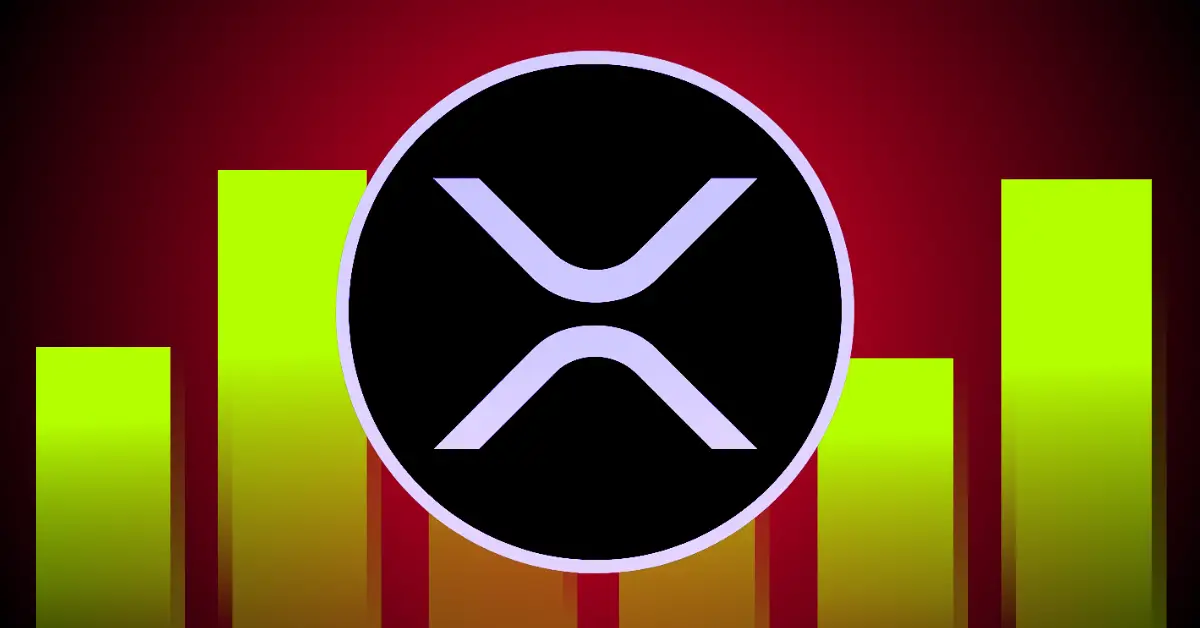The Battle for Global Payments: Can XRP Challenge SWIFT’s Dominance?
The financial landscape is undergoing a seismic shift, driven by the relentless march of blockchain technology and the audacious ambitions of fintech innovators like Ripple Labs. At the heart of this transformation lies XRP, Ripple’s digital asset, and its ambitious quest to carve out a substantial share of the global payments market currently dominated by SWIFT. The stakes are high, with estimates suggesting a potential $21 trillion prize. But is this a realistic goal, or merely a lofty aspiration?
The SWIFT Monopoly: A Flawed Giant
To understand Ripple’s ambition, it’s essential to grasp the role and limitations of SWIFT, the Society for Worldwide Interbank Financial Telecommunication. SWIFT is the backbone of international finance, a messaging network that enables banks and financial institutions to securely transmit transaction information. It’s the invisible infrastructure that facilitates the flow of trillions of dollars daily across borders.
However, SWIFT’s dominance is not without its detractors. The system is often criticized for its sluggishness, high costs, and lack of transparency. Transactions can linger for days, with multiple intermediary banks adding layers of fees. Moreover, SWIFT’s centralized nature makes it susceptible to political influence and censorship, as evidenced by instances where certain countries or institutions have been excluded from the network.
Ripple’s Disruptive Vision
Ripple Labs has set its sights on modernizing cross-border payments, leveraging blockchain technology to create a more efficient and cost-effective alternative to SWIFT. Ripple’s suite of solutions, with XRP at its core, aims to revolutionize the way money moves across borders.
XRP is designed to facilitate fast and low-cost payments. Unlike Bitcoin, which operates on a decentralized and permissionless blockchain, XRP is managed by Ripple Labs and operates on the XRP Ledger (XRPL), a distributed ledger database. Ripple’s vision is to provide a more efficient and cost-effective alternative to SWIFT, enabling real-time cross-border payments with greater transparency and security.
The $21 Trillion Target: A Bold Ambition
Ripple CEO Brad Garlinghouse has publicly stated that XRP could potentially capture a significant portion of SWIFT’s transaction volume within the next few years. The initial target was around 14%, which, based on SWIFT’s current annual transaction volume of approximately $150 trillion, translates to roughly $21 trillion flowing through the XRP Ledger. More recent estimates suggest an even bolder target of 20%, equating to around $30 trillion.
But how realistic is this target? Let’s examine the factors that could contribute to XRP’s success.
Speed and Efficiency: The Need for Swiftness
One of XRP’s most compelling advantages is its speed. Transactions on the XRP Ledger typically settle in just a few seconds, a stark contrast to the days it can take for SWIFT transfers to complete. This speed advantage can significantly reduce settlement times and improve cash flow for businesses and financial institutions.
Cost-Effectiveness: A Fraction of the Price
XRP transactions are also significantly cheaper than SWIFT transfers. The cost of sending money through SWIFT can range from tens to hundreds of dollars, depending on the number of intermediary banks involved. In contrast, XRP transactions typically cost fractions of a cent, making it a much more affordable option for cross-border payments.
Transparency and Security: A Clearer Path
The XRP Ledger provides greater transparency than SWIFT. All transactions are recorded on a public ledger, allowing participants to track the movement of funds in real-time. This transparency can help reduce fraud and improve compliance with regulatory requirements.
Growing Adoption: Building a Network
Ripple has been actively working to expand the adoption of XRP by partnering with banks, financial institutions, and payment providers around the world. These partnerships are crucial for driving volume and establishing XRP as a viable alternative to SWIFT.
The Roadblocks: Challenges Ahead
Despite its potential, XRP faces several challenges in its quest to capture a slice of SWIFT’s market share.
Regulatory Uncertainty: The Legal Labyrinth
The regulatory landscape for cryptocurrencies remains uncertain in many parts of the world. Regulatory clarity is essential for fostering adoption and ensuring the long-term viability of XRP.
Competition: A Crowded Field
Ripple is not the only company seeking to disrupt the global payments market. Other blockchain-based solutions, as well as traditional payment providers, are also vying for market share.
SWIFT’s Counterattack: The Incumbent’s Response
SWIFT is not standing still. The organization is actively working to improve its services and modernize its infrastructure. SWIFT has launched initiatives to speed up payments, reduce costs, and enhance transparency.
Centralization Concerns: The Double-Edged Sword
While XRP offers several advantages over SWIFT, some critics argue that its centralized nature is a disadvantage. The fact that Ripple Labs controls the XRP Ledger raises concerns about potential censorship and manipulation.
The Path Forward: A Strategic Roadmap
Despite these challenges, Ripple remains optimistic about the future of XRP. The company is focused on expanding its network of partners, improving its technology, and working with regulators to create a clear and consistent regulatory framework.
Ripple is also exploring new use cases for XRP beyond cross-border payments, such as micro-payments, remittances, and supply chain finance. By diversifying its applications, Ripple can increase the demand for XRP and solidify its position in the global financial ecosystem.
Conclusion: A Financial Revolution in the Making
Whether XRP can truly capture $21 trillion (or even $30 trillion) from SWIFT remains to be seen. The global payments market is complex and competitive, and there are many factors that could influence the outcome. However, one thing is clear: Ripple and XRP are playing a significant role in the ongoing evolution of the financial industry.
The Future is Fluid
The ambition to capture a significant portion of SWIFT’s transaction volume is a bold one, reflective of the disruptive potential blockchain technology holds for the future of finance. Even if XRP falls short of its ultimate target, the effort to modernize cross-border payments will undoubtedly benefit businesses and consumers around the world by creating a more efficient, affordable, and transparent financial system. The revolution has begun, and the financial world will never be the same.











